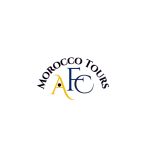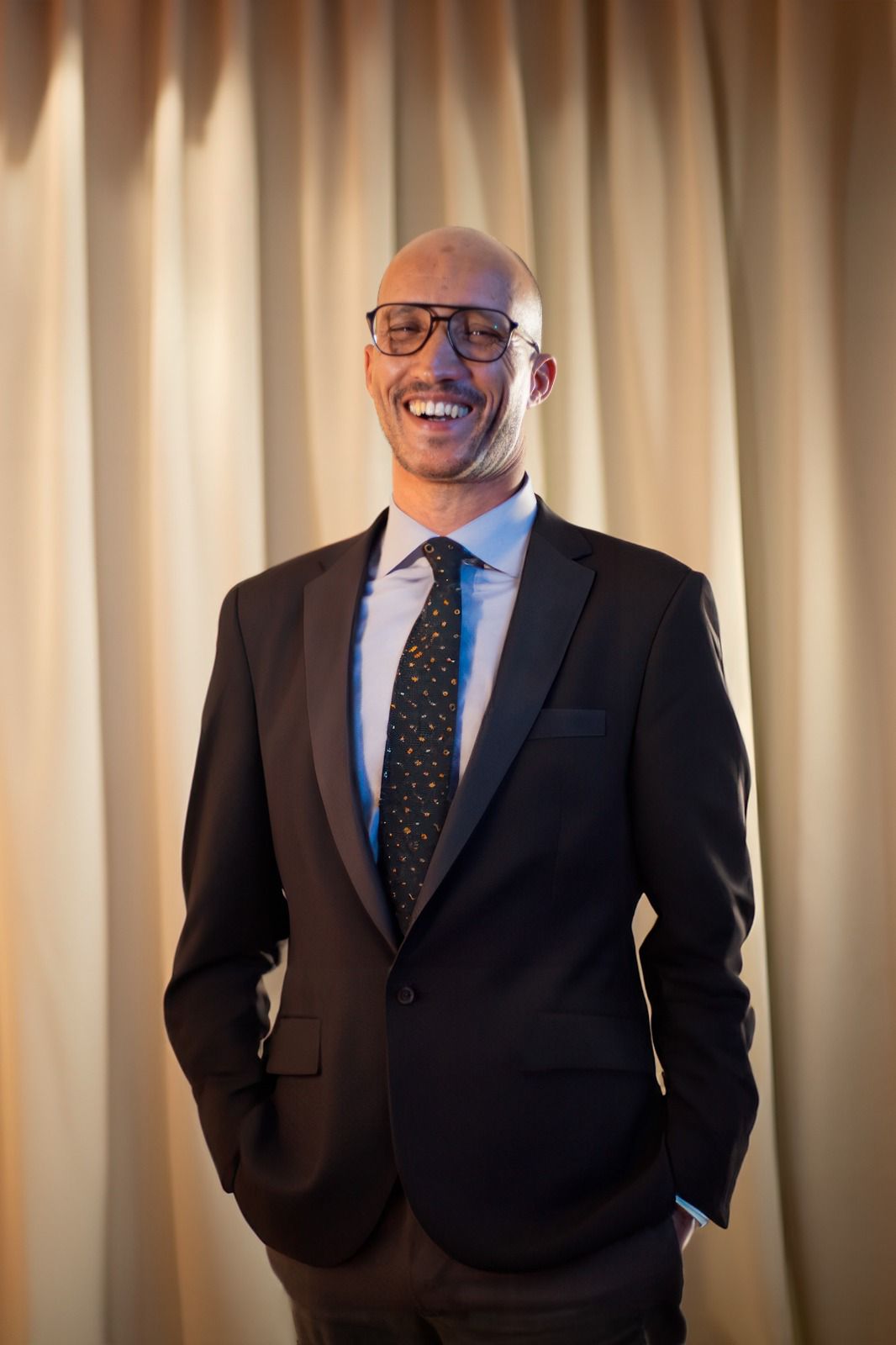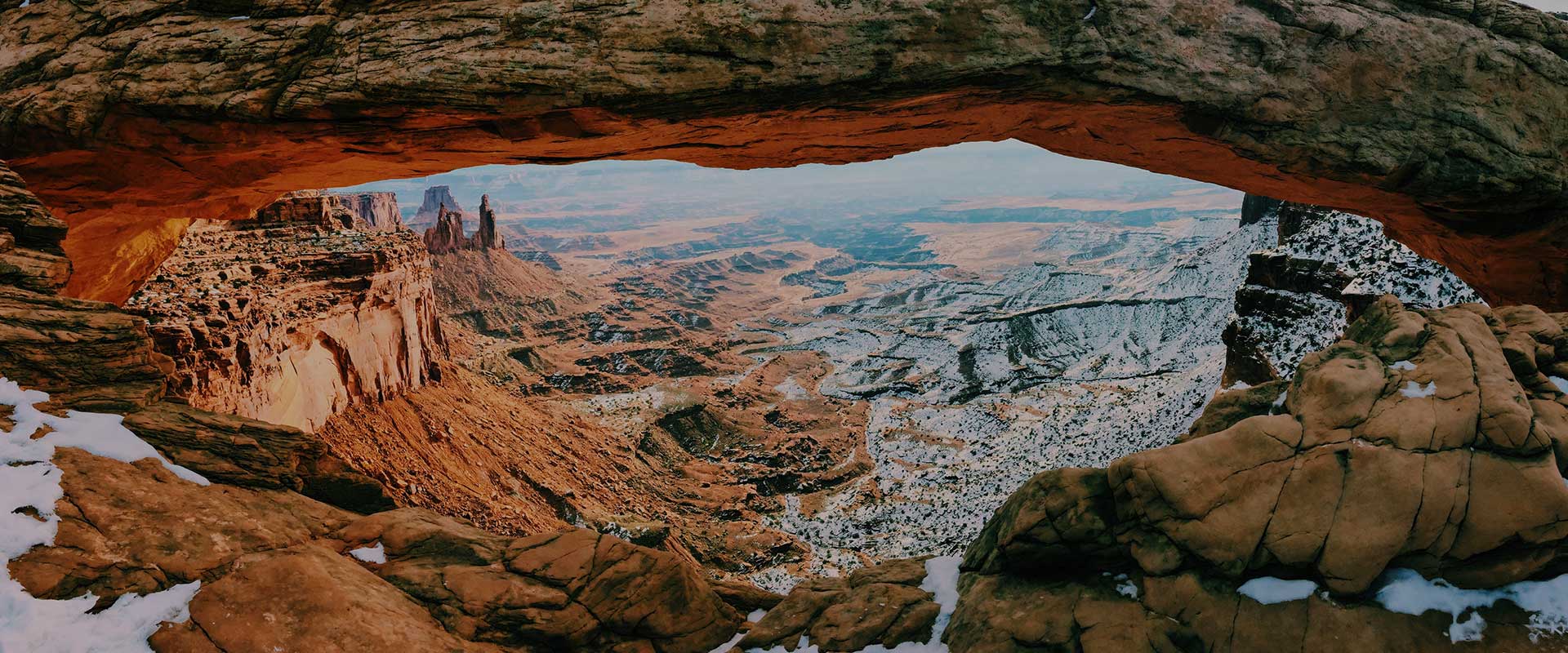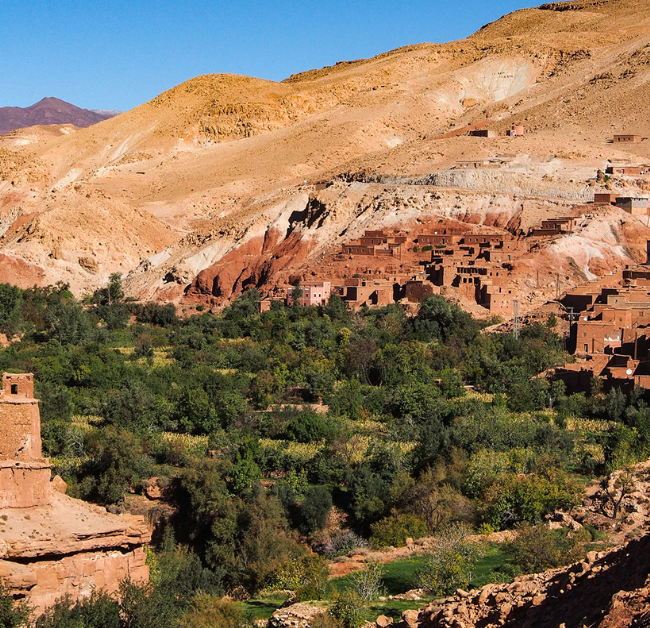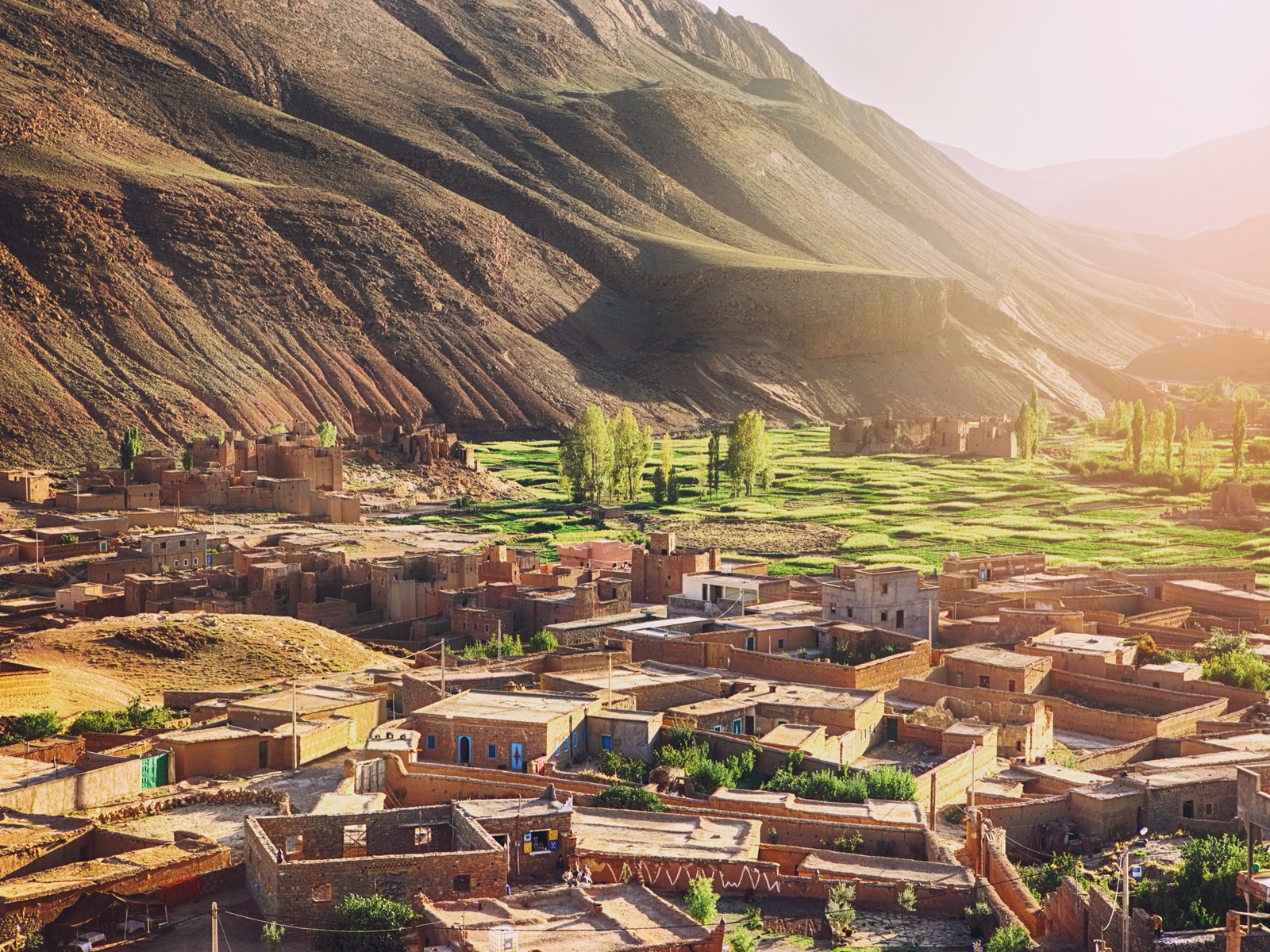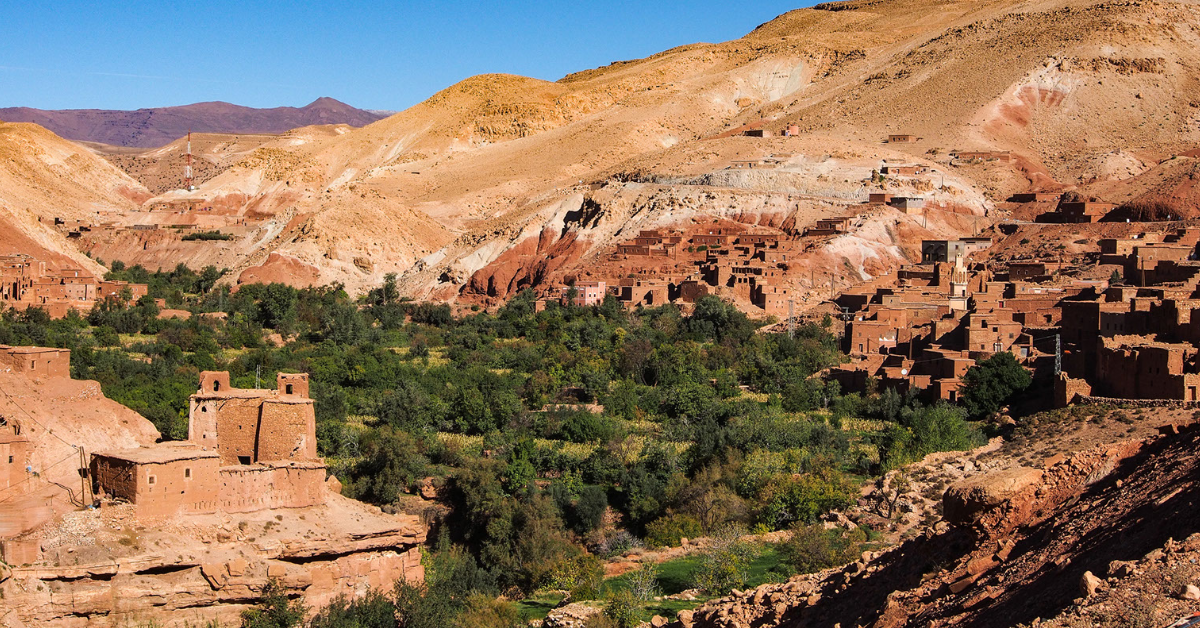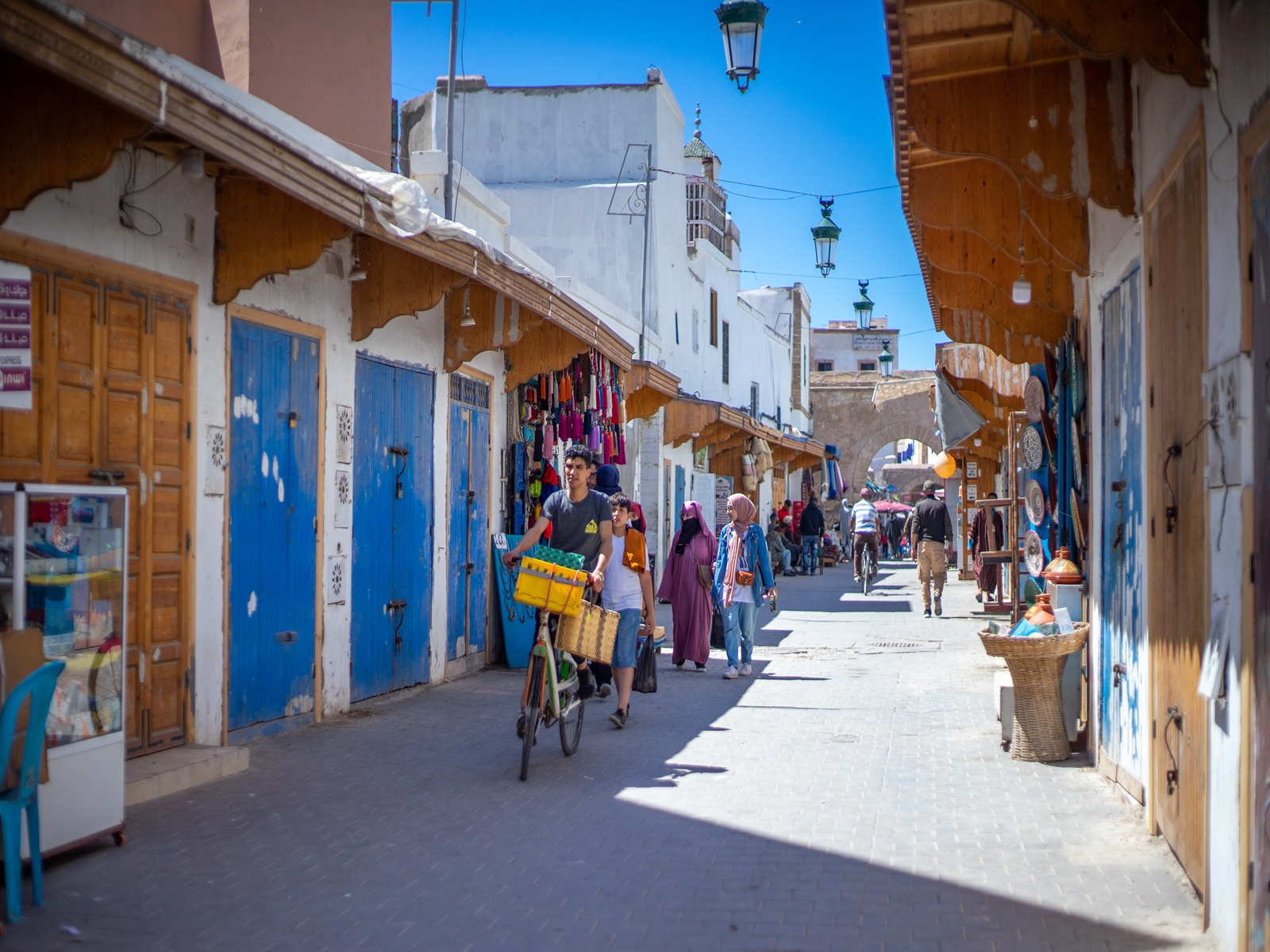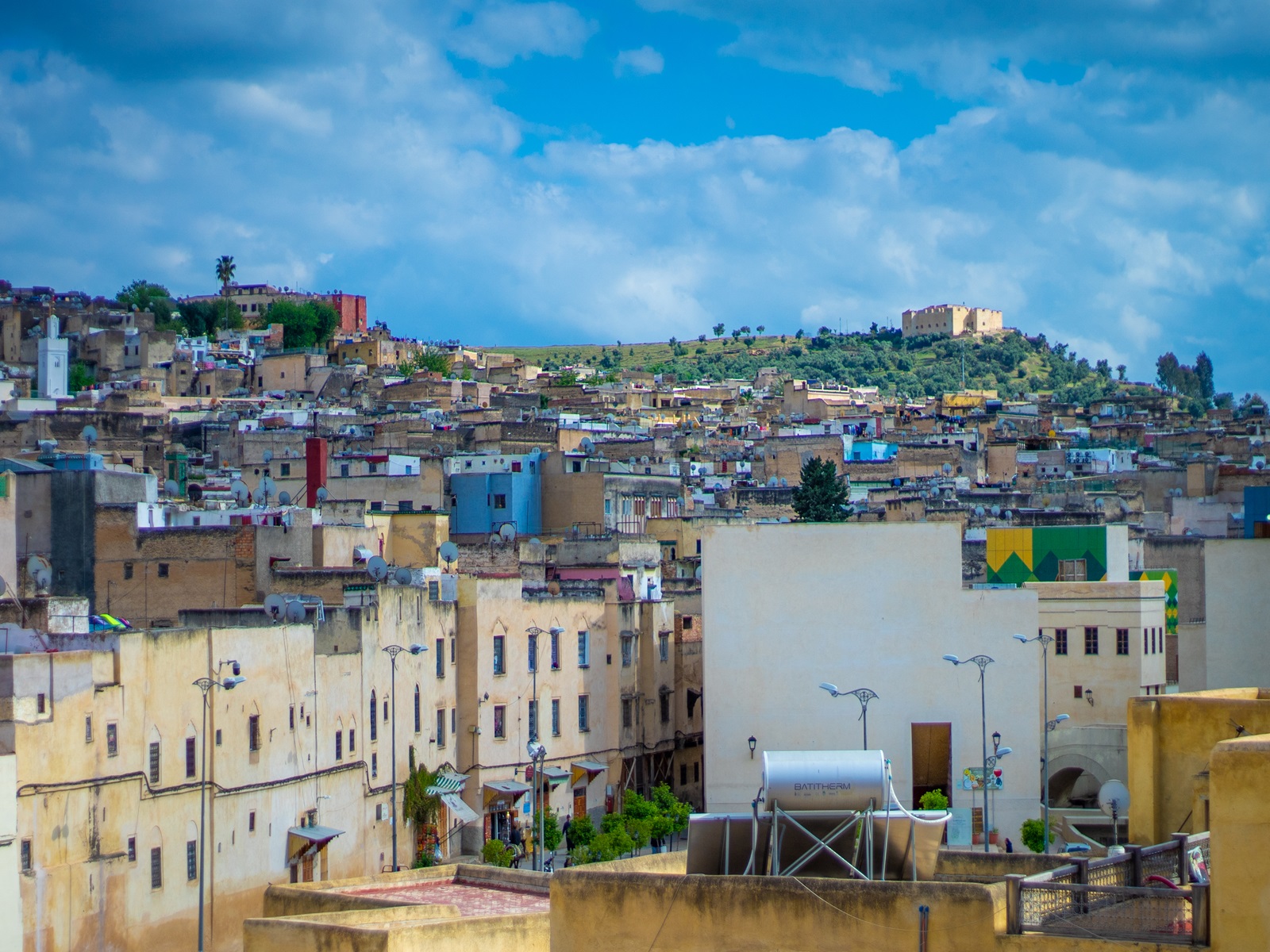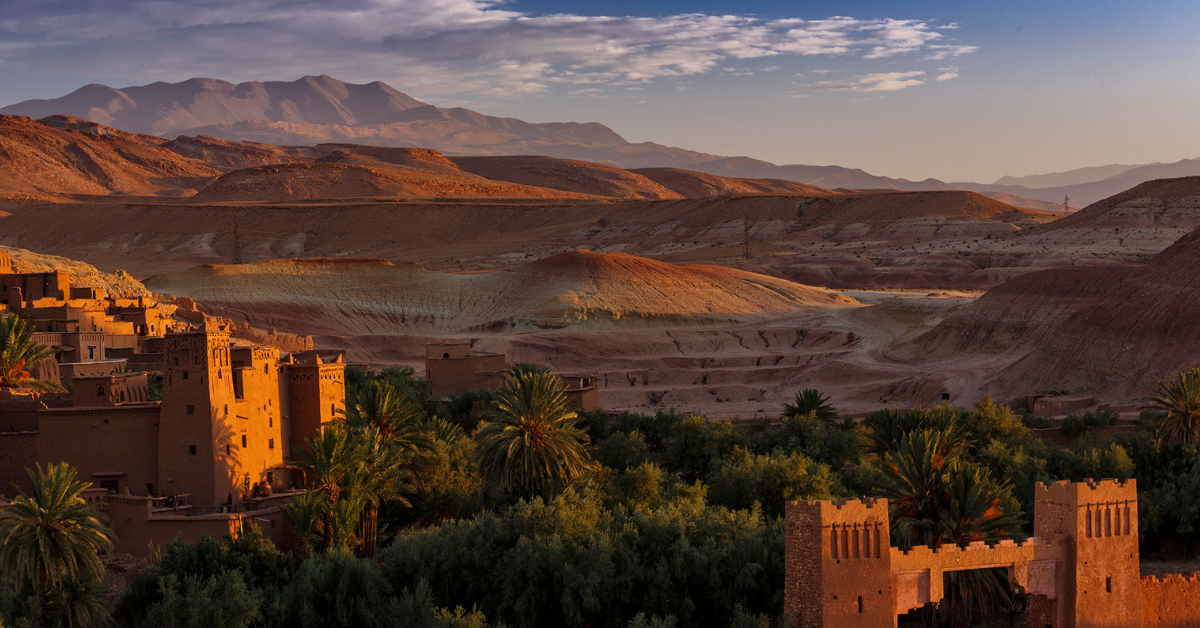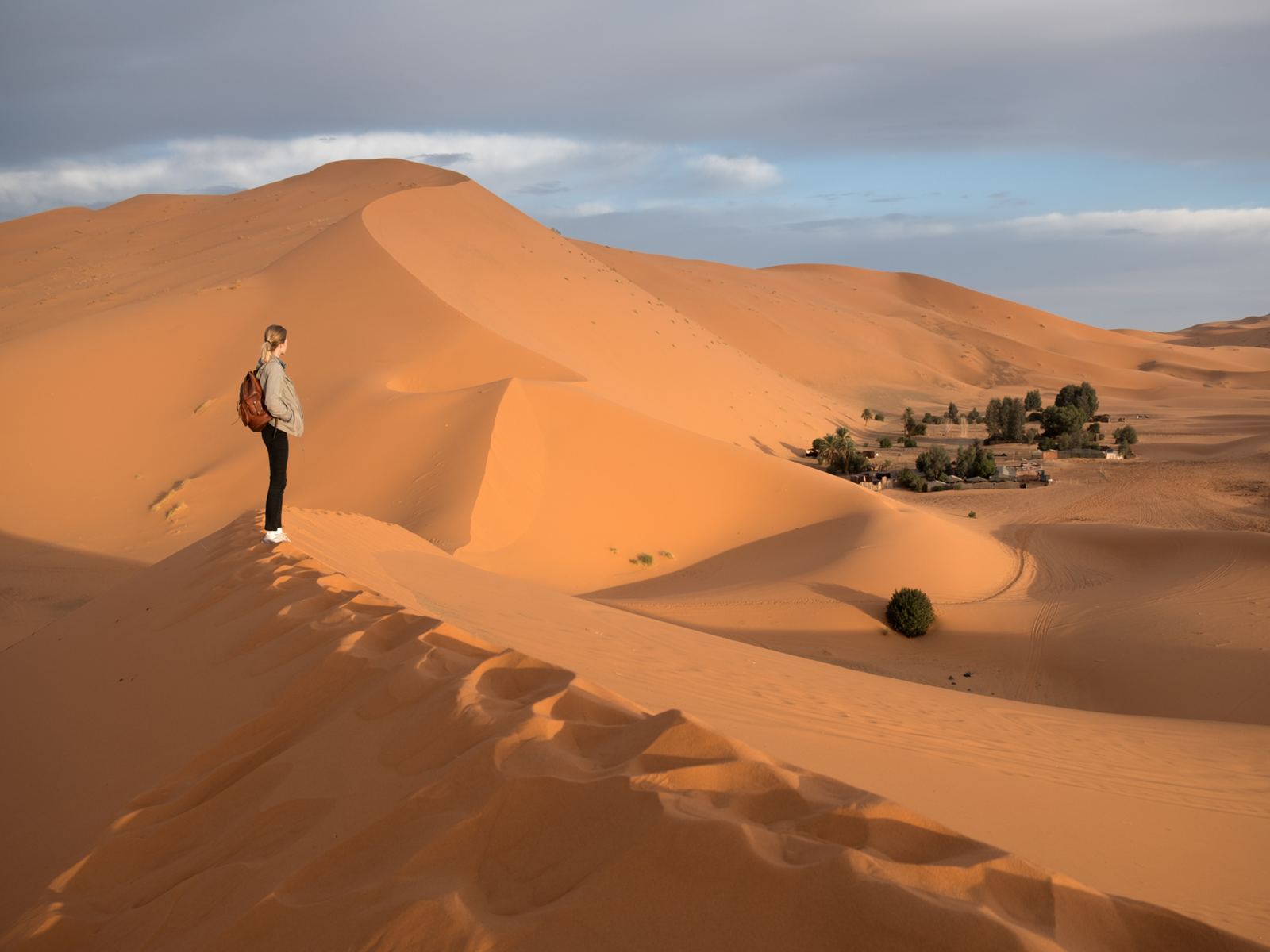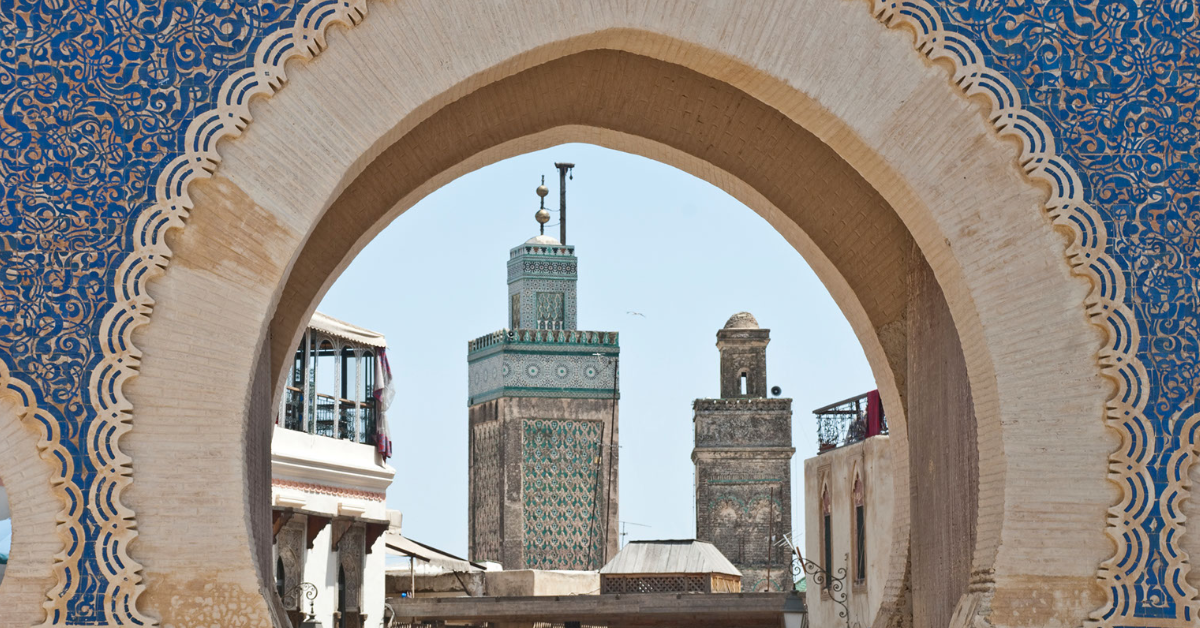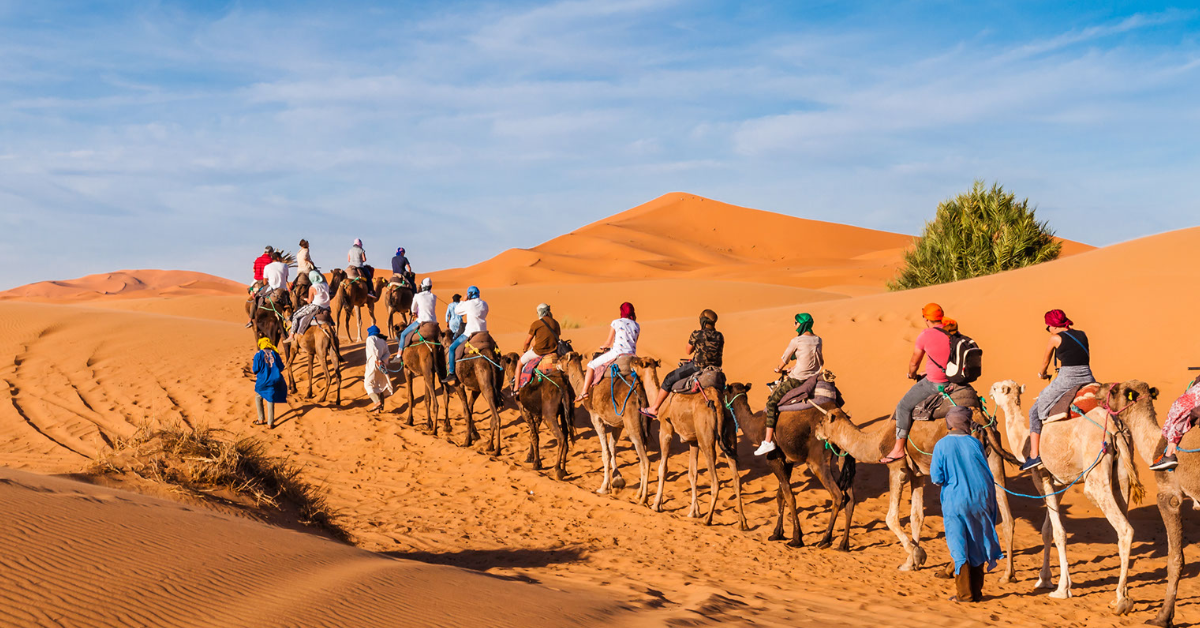Luxury Morocco 15-Day Tour
Luxury Morocco 15-Day Tour
Morocco is a destination of multitudinous and multidimensional experiences. It is a country that is developing into a modern landscape but holds its rich cultural heritage tightly within. From the deserts of the Sahara to the Mediterranean coast of Tangier, and from the urban areas of Casablanca to Africa’s Hollywood Ouarzazate, Morocco is a country that enthralls millions of tourists every year.
Morocco’s blue-hued narrow streets, medinas, colorful souks, and coastal beaches offer myriad experiences. You can walk down the alleys and explore ancient forts, and when you feel tired you can always stop by at a local café for some refreshing mint tea. During the evenings, you can enjoy the colorful sights of the marketplace and take back some souvenirs as memories of your time spent in this country.
Departure
CasablancaDeparture Time
Depends on your Arrival timeReturn Time
Depends on your return fligh ttimeDress Code
CasualIncluded
Camel trek (one camel per guest)Entrance FeesLocal guides in major cities: Fes; Marrakech, Casablanca mosque, Volubilis; Essaouira, Atlas MountainsLunches and drinks unless specifiedMeals as per itineraryNew air-conditioned vehicle 4WD or Minivan/Mini BusOvernight in Desert Luxury CampPick-up and Drop Off ServiceProfessional driver/Tour guide during the tourNot Included
FlightsPersonal expenses
Tour Plan
Day 1: Casablanca Arrival and Transfer to Rabat
After landing in Casablanca, the guided tour will take you to Hassan II Mosque, after which you will be transported to Rabat. The journey from Casablanca to Rabat will take 1.5 hours.
Get a guided tour of Morocco’s Imperial city Rabat and visit the Mausoleum of the erstwhile Sultan of Morocco Mohammed V. Follow it up with a visit to the Roman ruin called the Chellah, which is a short walk from the medina. You will have some time in the afternoon, during which we recommend visiting the trading port of Sale. It’s connected to Rabat by a bridge, and still has remnants of its 16th to 19th-century cultural heritage.
Day 2: Rabat to Tangier
Day 3: Tangier to Chefchaouen
Day 4: Chefchouane – Meknes – Volubilis – Fes
Day 5: Exploring the old Medina of Fes
Day 6: Fes to Merzouga Desert
Day 7: Merzouga desert – Todra gorges – Dades valley – Skoura – Ouarzazate
Day 8: Ouarzazate day trip to Uneso kasbahsAit ben haddou & Telouet
Day 9: Ouarzazate to Marrakesh
Day 10: Exploring Marrakech city
Day 11: Day trip to Atlas Mountains from Marrakech
Day 12: Marrakech to Essaouira
Day 13: Exploring Essaouira
Day 14: Essaouira to Casablanca
Day 15: Return Flight
- A fully customized itinerary based on your interests and schedule 24/7 in-destination support from our office in Morocco
- All accommodation stays, tours, and transfers for scheduled activities are covered unless otherwise listed in the itinerary
- A certified private driver for tours and transfers
- Local certified private guides in the Major Cities
- A meet and greet at the airport or your accommodation from your driver or manager assigned to you.
- Arrival and departure Airport pickup.
- Certified and professional tour leader during the tour (on demand)
- Breakfast each day at your Riad or hotel, plus any meals indicated in the itinerary.
- 14 nights’ accommodation at the hotels mentioned above (or hotels or Riads of the same category).
- Water and Snacks in Vehicle
- Camel ride experience in the Sahara Desert Tour in Sahara
- 14 Breakfasts
- 06 Dinners
- 02 lunches
- SPA in Marrakech: Traditional Hammam and Massage
- Travel insurance, which we offer and can be purchased after you’ve booked your tour Visas (unless noted)
- Tips for services and experiences
- Lunches, and drinks (alcoholic and non-alcoholic), unless specified in the itinerary Dinners and drinks (alcoholic and non-alcohol) unless specified in the itinerary Entrance fees to historical monuments
- Local Guide's fee unless specified in the included section.
- Henna Tattoo experience
- Hot Air Balloon Tour leader services
- Personal charges such as laundry, phone calls, SIM cards, or room service Early check-in or late check-out from hotels (unless otherwise specified) Additional sightseeing, activities, and experiences outside of your itinerary
- Optional enhancements like room or flight upgrades, local camera or video fees Passport fees, and immunization costs.
- Taxes, and personal things purchased
- Does not include domestic or international travel.
- Everything that is not mentioned in‘’ THE PACKAGE PRICE INCLUDES
20 Things You Must Know Before Visiting Morocco - AFC Morocco Travel Tips
More and more people are visiting Morocco every year. It’s a beautiful country. If you plan on going, here are a few pointers to help you prepare for your trip.- Dress Appropriately
- Currency and Cost
- ATMs.
- Keep Correct Change with You
- Tipping
- Be Wary of Local Guides.
- Stay Away from Strangers Offering Free Tours or Directions.
- Fridays are Holy Days and Prepare for Holidays
- Careful What Water You Use
- Pack Some Immodium
- Watch Your Pockets
- What Language Do They Speak?
- Hello(Peace Be With You): Salam Alikome (salaam a eleikum)
- Thank You:Choukran (shokran)
- No Thank You: La Choukran (la shokran). This one is useful when you have a bunch of street vendors hassling you to buy something.
- Watch Out: Although you won’t use this yourself, you’ll most likely hear this in the medinas or souks (outdoor markets). It will be said by locals coming by with a mule, motorcycle, or cart and is a warning to move to the side.
- Visiting Mosques:
- Do I Need a Visa or Vaccines?
- Ask Before Taking Photos (And You May Have to Pay).
- Souvenirs to Bring Home:
****************************
Overall, Morocco is a beautiful country, and you will be happy to experience it. As long as you’re completely aware of your surroundings, and you go in with the right mindset and expectations, you can have a wonderful experience.